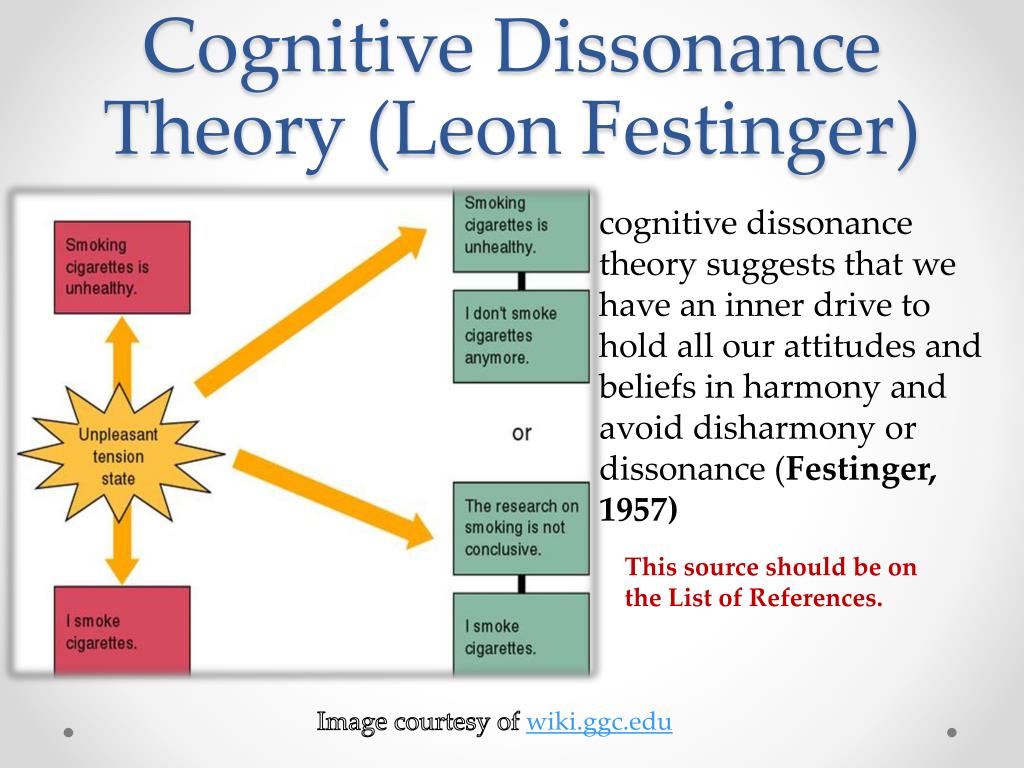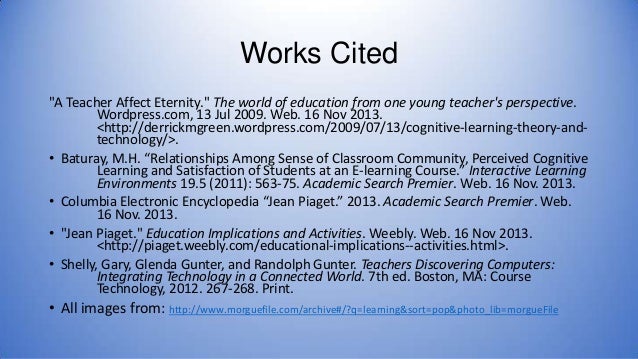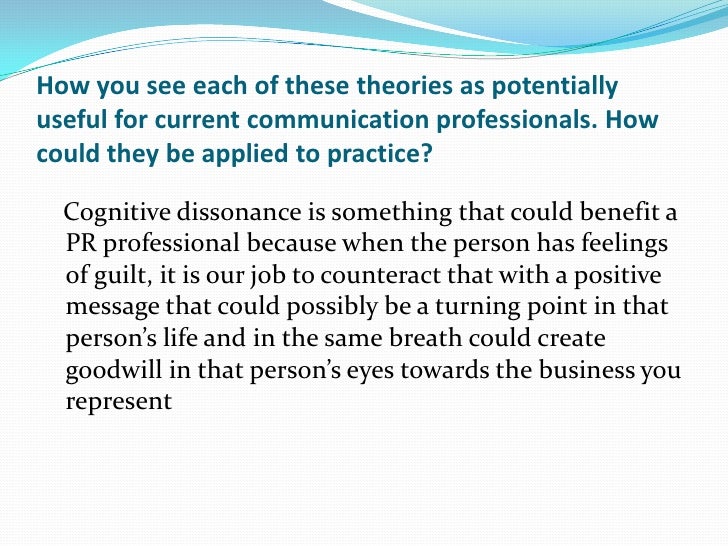A theory of cognitive dissonance apa citation information
Home » Trend » A theory of cognitive dissonance apa citation informationYour A theory of cognitive dissonance apa citation images are ready. A theory of cognitive dissonance apa citation are a topic that is being searched for and liked by netizens today. You can Get the A theory of cognitive dissonance apa citation files here. Get all royalty-free images.
If you’re searching for a theory of cognitive dissonance apa citation pictures information connected with to the a theory of cognitive dissonance apa citation keyword, you have pay a visit to the right blog. Our website frequently gives you suggestions for refferencing the maximum quality video and image content, please kindly search and find more enlightening video articles and images that fit your interests.
A Theory Of Cognitive Dissonance Apa Citation. The feeling of psychological discomfort produced by the combined presence of two thoughts that do not follow from one another. Part of 1 increasing the importance of consonant cognitions was not specified by festinger as a way to reduce dissonance, although it follows logically from consideration of the Leon festinger drafted a version of a theory describing the psychological phenomenon that occurs in these situations. A radical point of view on dissonance theory.
 PPT Presentation of Theories PowerPoint Presentation From slideserve.com
PPT Presentation of Theories PowerPoint Presentation From slideserve.com
Progress on a pivotal theory in social psychology (pp. Create your citations, reference lists and bibliographies automatically using the apa, mla, chicago, or harvard referencing styles. An introduction to cognitive dissonance theory and an overview of current perspectives on the theory. Cognitive dissonance is a theory developed in the late 1950s by us psychologist → leon festinger, which claims that people tend to avoid information and situations that are likely to increase a dissonance with their existing cognitions, such as. This edition was published in 1957 by row, peterson in evanston, ill. A theory of cognitive dissonance.
The cognitive dissonance theory has been applied to a very large array of social situations and leads to original experimental designs.
A theory of cognitive dissonance. A theory of cognitive dissonance. Cognitive dissonance is a theory developed in the late 1950s by us psychologist → leon festinger, which claims that people tend to avoid information and situations that are likely to increase a dissonance with their existing cognitions, such as. The cognitive dissonance theory has been applied to a very large array of social situations and leads to original experimental designs. Leon festinger drafted a version of a theory describing the psychological phenomenon that occurs in these situations. Cognitive dissonance can be seen as an antecedent condition which leads to activity oriented toward dissonance reduction just as hunger.
 Source: semanticscholar.org
Source: semanticscholar.org
A theory of cognitive dissonance. John wiley & sons inc. Reexamining a pivotal theory in psychology (pp. A theory of cognitive dissonance / leon festinger stanford university press stanford, calif 1962. In so doing, we shall attempt to indicate what we.
 Source: researchgate.net
Source: researchgate.net
A theory of cognitive dissonance. Cognitive dissonance theory states that 2 cognitions in 1 person at. For this book, we are fortunate to have contributions from the prominent scientists who have made major contributions to research and theory on cognitive dissonance. A theory of cognitive dissonance. Since it was presented by festinger over 60 years ago, cognitive dissonance theory has continued to generate research, revision, and controversy.
 Source: slideserve.com
Source: slideserve.com
Progress on a pivotal theory in social psychology (pp. German translation published in 1978 under title: He called it cognitive dissonance: This article reviews critically the experimental evidence in support of cognitive dissonance theory. Leon festinger drafted a version of a theory describing the psychological phenomenon that occurs in these situations.
 Source: researchgate.net
Source: researchgate.net
Progress on a pivotal theory in social psychology (pp. This bibliography was generated on cite this for me on tuesday, october 4, 2016 For this book, we are fortunate to have contributions from the prominent scientists who have made major contributions to research and theory on cognitive dissonance. The theory of cognitive dissonance centers around the idea that if a person knows various things that are not psychologically consistent with one another, he will, in a variety of ways, try to make them more consistent. It holds that dissonance is experienced whenever one cognition that a person holds follows from the opposite of at least one other cognition that the person holds.
 Source: researchgate.net
Source: researchgate.net
German translation published in 1978 under title: These are the sources and citations used to research cognitive dissonance. A radical point of view on dissonance theory. Create your citations, reference lists and bibliographies automatically using the apa, mla, chicago, or harvard referencing styles. Part of 1 increasing the importance of consonant cognitions was not specified by festinger as a way to reduce dissonance, although it follows logically from consideration of the
 Source: researchgate.net
Source: researchgate.net
These are the sources and citations used to research cognitive dissonance. Cognitive dissonance can be seen as an antecedent condition which leads to activity oriented toward dissonance reduction just as hunger. In so doing, we shall attempt to indicate what we. Row, peterson & company, 1957. Since it was presented by festinger over 60 years ago, cognitive dissonance theory has continued to generate research, revision, and controversy.
 Source: pubs.sciepub.com
Source: pubs.sciepub.com
Reexamining a pivotal theory in psychology (pp. On the motivational nature of cognitive dissonance: The feeling of psychological discomfort produced by the combined presence of two thoughts that do not follow from one another. (psycinfo database record (c) 2016 apa, all rights reserved) cognitive dissonance: This book first presents a brief description of the theoretical statement of cognitive dissonance as it appeared in festinger�s book theory of cognitive dissonance.
 Source: slideshare.net
Source: slideshare.net
On the motivational nature of cognitive dissonance: Cognitive dissonance is a theory developed in the late 1950s by us psychologist → leon festinger, which claims that people tend to avoid information and situations that are likely to increase a dissonance with their existing cognitions, such as. These are the sources and citations used to research cognitive dissonance. A radical point of view on dissonance theory. Create your citations, reference lists and bibliographies automatically using the apa, mla, chicago, or harvard referencing styles.
 Source: researchgate.net
Source: researchgate.net
A theory of cognitive dissonance. John wiley & sons inc. Cognitive dissonance theory states that 2 cognitions in 1 person at. Since it was presented by festinger over 60 years ago, cognitive dissonance theory has continued to generate research, revision, and controversy. Cognitive dissonance is a theory developed in the late 1950s by us psychologist → leon festinger, which claims that people tend to avoid information and situations that are likely to increase a dissonance with their existing cognitions, such as.
 Source: researchgate.net
Source: researchgate.net
Reexamining a pivotal theory in psychology (pp. An introduction to cognitive dissonance theory and an overview of current perspectives on the theory. A theory of cognitive dissonance. Cognitive dissonance theory links actions and attitudes. Part of 1 increasing the importance of consonant cognitions was not specified by festinger as a way to reduce dissonance, although it follows logically from consideration of the
 Source: pinterest.com
Source: pinterest.com
John wiley & sons inc. A theory of cognitive dissonance. This book first presents a brief description of the theoretical statement of cognitive dissonance as it appeared in festinger�s book theory of cognitive dissonance. Part of 1 increasing the importance of consonant cognitions was not specified by festinger as a way to reduce dissonance, although it follows logically from consideration of the A theory of cognitive dissonance.
![[PDF] Cognitive dissonance. Semantic Scholar [PDF] Cognitive dissonance. Semantic Scholar](https://d3i71xaburhd42.cloudfront.net/b3f0ce710bc77383c4f8c7f4604799a0f1118282/3-Figure2-1.png) Source: semanticscholar.org
Source: semanticscholar.org
The magnitude of dissonance is directly proportional to the number of discrepant cognitions and inversely. The authors suggest that dissonance theory is a theory concerned with rationalization of behavior and that as. These are the sources and citations used to research cognitive dissonance. A radical point of view on dissonance theory. The feeling of psychological discomfort produced by the combined presence of two thoughts that do not follow from one another.
 Source: researchgate.net
Source: researchgate.net
These are the sources and citations used to research cognitive dissonance. It holds that dissonance is experienced whenever one cognition that a person holds follows from the opposite of at least one other cognition that the person holds. Since it was presented by festinger over 60 years ago, cognitive dissonance theory has continued to generate research, revision, and controversy. Create your citations, reference lists and bibliographies automatically using the apa, mla, chicago, or harvard referencing styles. A theory of cognitive dissonance / leon festinger stanford university press stanford, calif 1962.
 Source: researchgate.net
Source: researchgate.net
An introduction to cognitive dissonance theory and an overview of current perspectives on the theory. The theory of cognitive dissonance centers around the idea that if a person knows various things that are not psychologically consistent with one another, he will, in a variety of ways, try to make them more consistent. German translation published in 1978 under title: This article reviews critically the experimental evidence in support of cognitive dissonance theory. The cognitive dissonance theory has been applied to a very large array of social situations and leads to original experimental designs.
 Source: slideshare.net
Source: slideshare.net
This bibliography was generated on cite this for me on friday, november 16. A theory of cognitive dissonance. This bibliography was generated on cite this for me on tuesday, october 4, 2016 Leon festinger drafted a version of a theory describing the psychological phenomenon that occurs in these situations. German translation published in 1978 under title:
 Source: researchgate.net
Source: researchgate.net
Cognitive dissonance theory states that 2 cognitions in 1 person at. (psycinfo database record (c) 2016 apa, all rights reserved) cognitive dissonance: Progress on a pivotal theory in social psychology. German translation published in 1978 under title: Cognitive dissonance theory links actions and attitudes.
 Source: sup.org
Source: sup.org
The magnitude of dissonance is directly proportional to the number of discrepant cognitions and inversely. This bibliography was generated on cite this for me on friday, november 16. On the motivational nature of cognitive dissonance: A theory of cognitive dissonance / leon festinger stanford university press stanford, calif 1962. An introduction to cognitive dissonance theory and an overview of current perspectives on the theory.
 Source: researchgate.net
Source: researchgate.net
Progress on a pivotal theory in social psychology (pp. The theory of cognitive dissonance centers around the idea that if a person knows various things that are not psychologically consistent with one another, he will, in a variety of ways, try to make them more consistent. The cognitive dissonance theory has been applied to a very large array of social situations and leads to original experimental designs. The feeling of psychological discomfort produced by the combined presence of two thoughts that do not follow from one another. Row, peterson & company, 1957.
This site is an open community for users to share their favorite wallpapers on the internet, all images or pictures in this website are for personal wallpaper use only, it is stricly prohibited to use this wallpaper for commercial purposes, if you are the author and find this image is shared without your permission, please kindly raise a DMCA report to Us.
If you find this site good, please support us by sharing this posts to your preference social media accounts like Facebook, Instagram and so on or you can also save this blog page with the title a theory of cognitive dissonance apa citation by using Ctrl + D for devices a laptop with a Windows operating system or Command + D for laptops with an Apple operating system. If you use a smartphone, you can also use the drawer menu of the browser you are using. Whether it’s a Windows, Mac, iOS or Android operating system, you will still be able to bookmark this website.
Category
Related By Category
- Apa book citation more than one author information
- Adjust citation style refworks information
- Apa citation generator online website information
- Bibtex citations information
- Apa citation format generator citation machine information
- Asa citation format information
- Apa citation format conference paper information
- Brain citation style information
- Appa citaat information
- Apa format citation online information